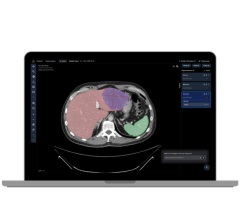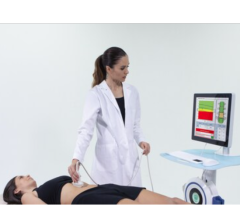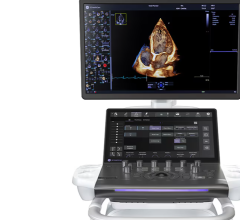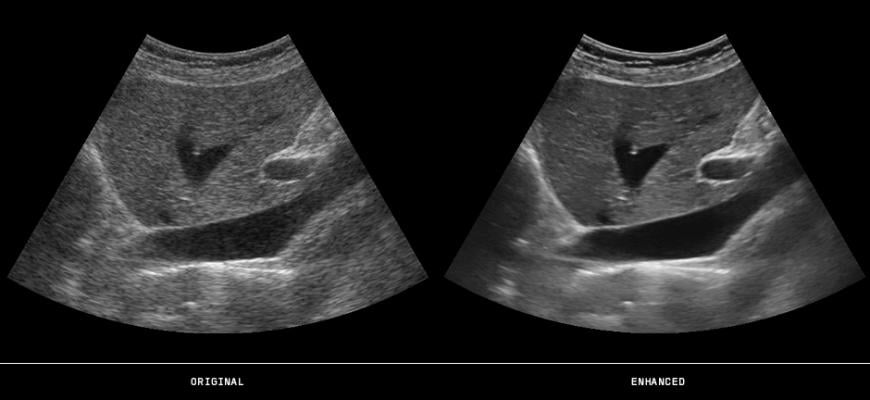
October 19, 2017 — Doctors can effectively detect liver cancer with ultrasound and tiny microbubbles, according to a study announced at the International Contrast Ultrasound Society (ICUS) 32nd Annual Conference, Oct. 5-6 in Chicago. This technique allows detection without radiation, expensive magnetic resonance imaging (MRI) equipment or biopsies.
The imaging technique, known as contrast-enhanced ultrasound (CEUS), "is an exciting option because it provides a more cost-effective and less-invasive way for accurately characterizing the tumor," said Stephanie Wilson, M.D., a professor of radiology at the University of Calgary and study author.
The study of over 200 patients at risk for hepatocellular carcinoma, the most common liver cancer and the second leading cause of cancer deaths worldwide, found that CEUS imaging using the microbubbles allowed for the correct diagnosis with 97 percent accuracy.
CEUS uses liquid suspensions of tiny gas microbubbles to improve the clarity and reliability of an ultrasound image. The microbubbles are smaller than red blood cells and, when they are injected into a patient's arm vein, they flow through the microcirculation and reflect ultrasound signals, improving the accuracy of diagnostic ultrasound exams. The microbubbles are expelled from the body within minutes.
Steven Feinstein, M.D., a professor of medicine at Rush University in Chicago, said the study validates the vast benefits of using microbubble ultrasound contrast agents as a safe, convenient and effective diagnostic imaging tool. "The findings are extremely exciting and demonstrate that CEUS imaging improves patient care without exposing individuals to tissue diagnosis or ionizing radiation,” Feinstein added.
Wilson’s study utilized the Liver Imaging Reporting and Data System (LI-RADS), a tool radiologists use to classify liver tumors using computed tomography (CT), MR and CEUS imaging in patients with suspected liver cancer. Additional prospective studies are expected according to Yuko Kono, M.D., a professor of hepatology and gastroenterology at the University of California San Diego and a leader in the CEUS imaging field.
For more information: www.icus-society.org

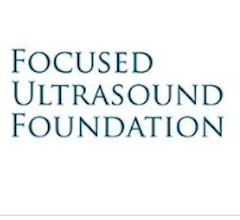
 December 23, 2025
December 23, 2025 
